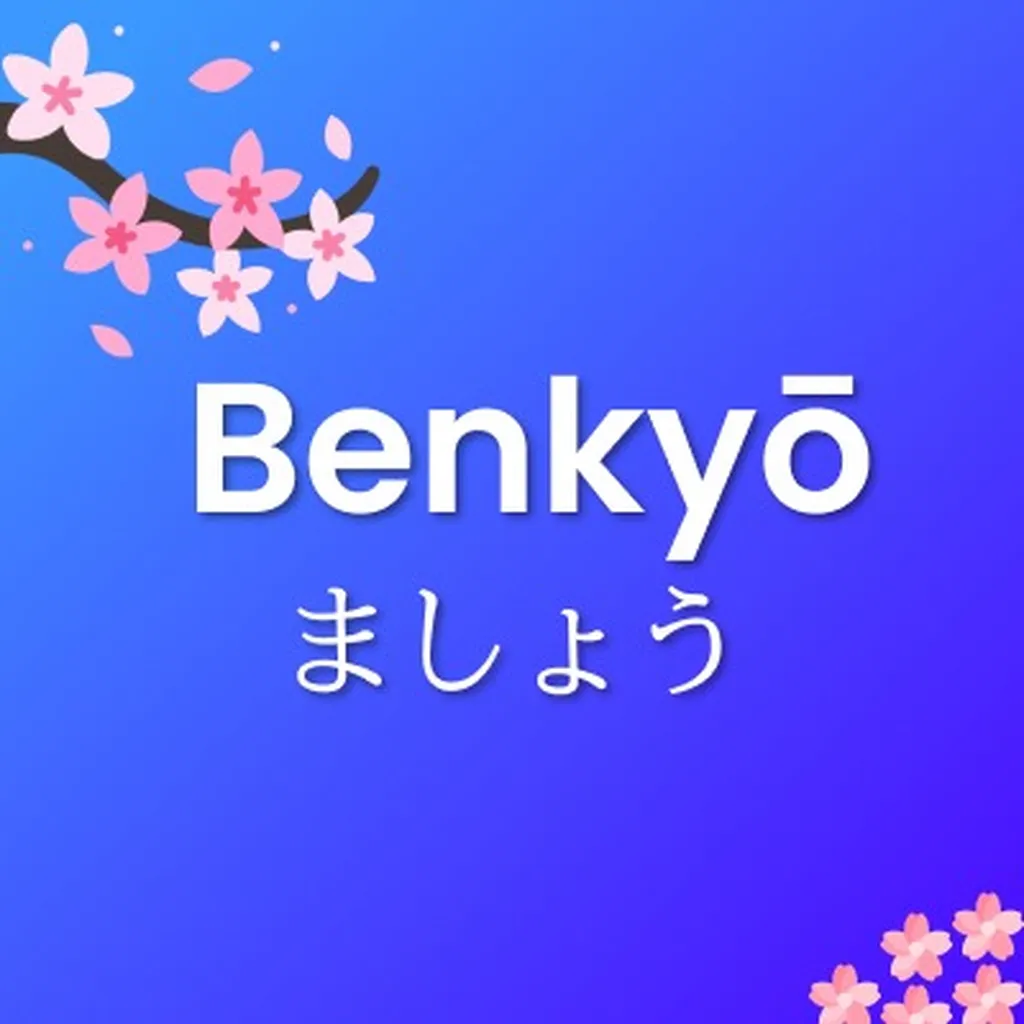Passive Form (れる / られる)
The passive form in Japanese is used when the subject of the sentence receives the action rather than performs it. It corresponds to English passive sentences like "The book was read" or "I was praised."
Formation Rules
Group 1 (う-Verbs)
Change the final う sound to its あ sound equivalent + れる
| Dictionary Form | Passive Form | Meaning |
|---|---|---|
| 話す | 話される | to be spoken |
| 書く | 書かれる | to be written |
| 読む | 読まれる | to be read |
| 買う | 買われる | to be bought |
| 聞く | 聞かれる | to be heard |
Group 2 (る-Verbs)
Replace る with られる
| Dictionary Form | Passive Form | Meaning |
|---|---|---|
| 食べる | 食べられる | to be eaten |
| 見る | 見られる | to be seen |
| 着る | 着られる | to be worn |
Group 3 (Irregular Verbs)
- する → される (sareru)
- 来る → 来られる (korareru)
Uses of the Passive Form
1. Actions received from others
私は先生に褒められました。
Watashi wa sensei ni homeraremashita.
I was praised by my teacher.
その本は多くの人に読まれています。
Sono hon wa ōku no hito ni yomarete imasu.
That book is being read by many people.
2. Unpleasant experiences (suffering passive)
財布を盗まれました。
Saifu o nusumaremashita.
My wallet was stolen (from me).
Note: Suffering passive - personal belonging
雨に降られて、服が濡れてしまいました。
Ame ni furarete, fuku ga nurete shimaimashita.
I was rained on, and my clothes got wet.
Note: Suffering passive - natural phenomena
3. General statements about things happening
この建物は1960年に建てられました。
Kono tatemono wa sen kyūhyaku rokujū nen ni tateraremashita.
This building was built in 1960.
Note: Passive for historical facts
ここでは日本語が話されています。
Koko dewa nihongo ga hanasarete imasu.
Japanese is spoken here.
Note: Passive for general statements
Passive Sentence Structure
- The person receiving the action becomes the subject (marked by は/が)
- The person performing the action is marked by に
- The verb is in its passive form
Cultural Note:
In Japanese culture, the passive form is often used to avoid directly stating who performed an action, especially in situations where assigning blame might disrupt harmony. This reflects the cultural value of maintaining smooth interpersonal relationships. The passive form is also commonly used in formal writing, such as news reports and academic papers, to maintain an objective tone.
